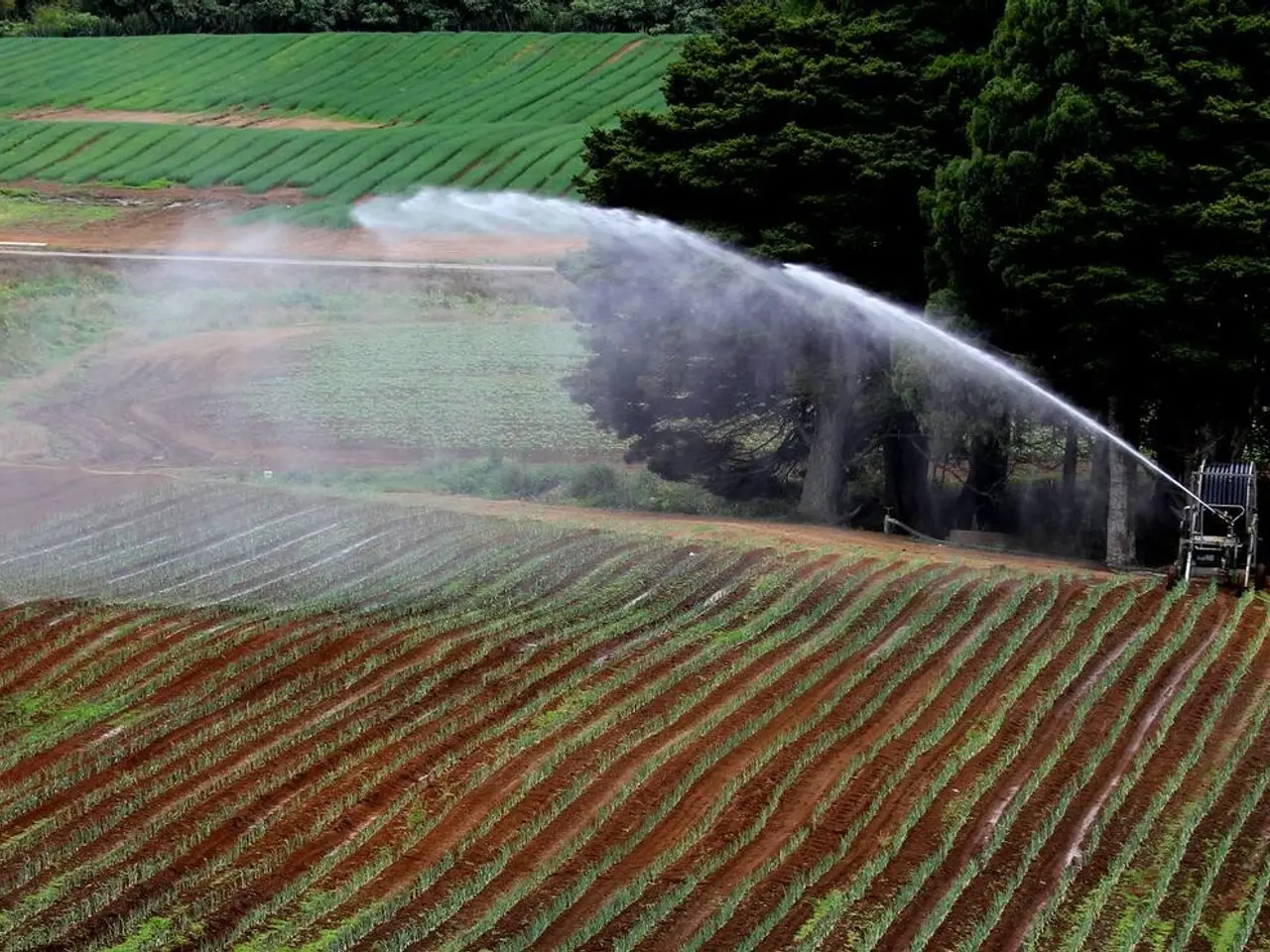Heavy Downpours Warned Across Delhi, Madhya Pradesh, Bihar, Rajasthan, Himachal, and Additional Territories; Consult Comprehensive Weather Report at This Link
Heavy Rainfall Forecast Across India from July 30 to August 4
India is bracing for a period of intense rainfall across several regions, as the India Meteorological Department (IMD) has issued a fresh weather update. From July 30 to August 4, heavy to very heavy rainfall is forecast across multiple regions in the country.
Northeastern and Eastern India
Eastern Rajasthan and western Madhya Pradesh are expected to experience heavy to very heavy rainfall through August 1, with isolated extreme downpours on July 30. The Northeast, including Assam and Meghalaya, is forecast to receive persistent heavy to very heavy rainfall between July 31 and August 3, with isolated extremely heavy showers expected on August 2. Meghalaya also is predicted to see extremely heavy rainfall on August 3 and 4. Arunachal Pradesh is likely to have very heavy rainfall from August 1 to 5 or 6, while sub-Himalayan West Bengal and Sikkim can expect very heavy rain from August 2 to 4. Bihar is forecast for heavy rainfall on August 2, 3, and 4, with extremely heavy rainfall on August 3.
Northern and Central India
Jammu and Kashmir, Himachal Pradesh, eastern Madhya Pradesh, Odisha, and Gangetic West Bengal had warnings for very heavy rainfall on July 30, with Himachal Pradesh receiving very heavy showers on August 1. Eastern Uttar Pradesh and Uttarakhand may witness heavy showers on August 3 and 4. Western Uttar Pradesh and eastern Rajasthan are expected to receive intense rain on August 4.
Southern India
Southern states Tamil Nadu and Kerala are expected to see sustained heavy to very heavy rainfall from this period onward, but south peninsular India generally will have subdued rainfall in the first week of August.
Western India
In West India, Ghat areas of Madhya Maharashtra and parts of Gujarat are expected to witness intense rain, especially on July 30.
Delhi-NCR and Other Regions
Delhi-NCR, along with parts of Punjab, Haryana, and Chandigarh, are expected to experience light to moderate rain and thunderstorms on July 30, July 31, and August 1. The temperatures will stay below normal during this period. The wind speed and direction on July 30 is SE, 15-18 kmph, on July 31 is SE, 10-18 kmph, and on August 1 is SE-SW-NW, 10-15 kmph. In Karnataka and Telangana, light to moderate rain is expected from July 30 to August 4. In Lakshadweep, light to moderate rain is expected from July 30 to August 4. In Rayalaseema, Coastal Andhra, light to moderate rain is expected from July 30 to August 4. In Northwest India, Himachal Pradesh, East Rajasthan, parts of Uttar Pradesh, Punjab, Haryana, and Chandigarh are expected to experience heavy to very heavy rainfall. In Jharkhand, Odisha, and Chhattisgarh, heavy (isolated) rainfall is expected on July 30. In Vidarbha, heavy (isolated) rainfall is expected on July 30. In Kerala & Mahe, light to moderate rain is expected from July 30 to August 4. In Uttarakhand, heavy (isolated) rainfall is expected from July 30 to August 4. In Sub-Himalayan West Bengal and Sikkim, heavy to very heavy rainfall is forecasted from July 30 to August 4.
In summary, the forecast indicates a cluster of heavy rainfall activity in northeastern and eastern India, parts of northern and central India with sporadic intense downpours, and subdued activity mainly in south peninsular and central India starting early August. This outlook is consistent across multiple official IMD sources dated between July 30 and August 3, 2025.
Based on the weather forecast, the heavy rainfall predicted across India from July 30 to August 4 will significantly affect Northeastern and Eastern India, where persistent heavy to very heavy rainfall is expected, with isolated extremely heavy showers forecasted in regions like Assam, Meghalaya, and Meghalaya on specific days. Additionally, weather-forecasting agencies predict that Eastern Rajasthan and Western Madhya Pradesh will experience heavy to very heavy rainfall through August 1, further emphasizing the need for effective weather forecasting and preparedness measures.







